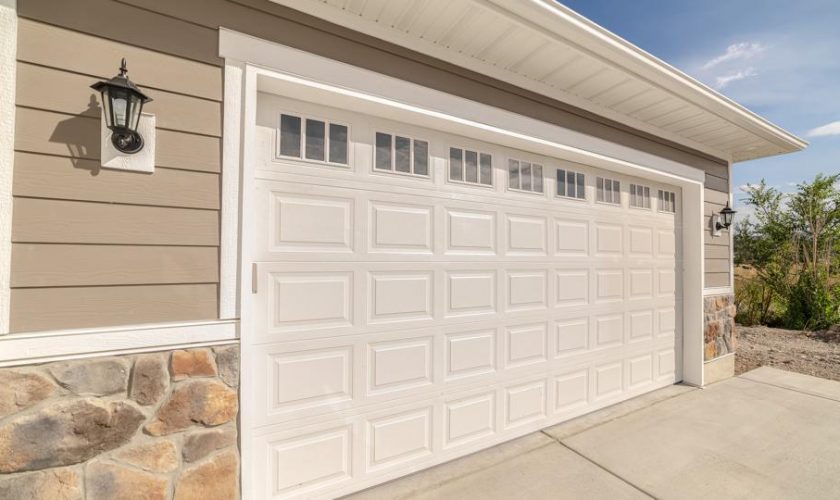Magnesium sulphate is a by product of magnesium and sulphur. Commonly found in most farming households with the name of Epsom salts, this nutrient is extremely beneficial for the health of plants. Being rich in magnesium, it not only helps in accelerating plants’ growth but also keeping a check on pest infection.
Magnesium sulphate is also important for keeping the soil in good fertile conditions and for the successful cultivation of plants. It also helps inthe growth of plants andtheir cell wall construction. A strong cell wall of plants helps to repel the pests and nematode worms from the plants. Apart from this, magnesium sulphate also takes charge of curing the yellowing of leaves of plants, helping the plant to bear fruits and flowers well.
Why Do We Require Magnesium Sulphate?
A lack of nutrients in soil results in plants getting infected with various diseases. This lack of nutrients in the soil can be fulfilled with the enrichment of primary elements like nitrogen, phosphorus, potassium, and secondary elements like magnesium sulphate. The primary element, nitrogen, helps in accelerating plant growth, phosphorus helps in the growth of roots of plants and potassium helps in the flowering of plants. The secondary element magnesium helps in photosynthesis while sulphur activates plants’ enzymes.
Being rich in magnesium, magnesium sulphate helps to protect the plants from slug and snails’ damage. Also, adding a teaspoon of magnesium sulphate to the roots of plants will help the plant to produce more flowers and fruits. Yellowing and curling of the leaves of plants can also be cured by this salt, by spraying a mixture of water and magnesium sulphate on the leaves. In order to resist the leaves from turning yellow, it’s important to use magnesium sulphate on plants once a month. For agricultural farming, it’s important to test the magnesium levels of soil beforehand.
How to Observe Magnesium Deficiency in Plants?
Magnesium deficiency is common in high tunnel crops like tomatoes and fruit-bearing plants. It can also be seen in sandy soils which are easily leached. Unrestrained levels of potassium in soil and fertigation with excessive ammonium nitrate levels can also induce magnesium deficiency.
Being a highly mobile element of plants, a deficiency of magnesium first appears in the lower leaves of plants. The symptoms are more visible in lower leaves because highly mobile magnesium moves to a new growth area of plants. The insufficiency of magnesium may result in interveinal chlorosis in which the veins of the leaf stay green while the other region between turns yellow. Interveinal chlorosis can lead to the death of the tissue of the affected area. However, the dearth of magnesium in plants doesn’t affect the fruits but in cases of severe shortage, it can cause stress on plants leading to reduce the yield of plants.
How to Observe Sulphur Deficiency in Plants?
Sulphur is one of the molecular building blocks for plants and may appear in plant tissues. It helps in maintaining the water equilibrium in plants as well as soil. A shortage of sulphur in plants may result in pale green chlorosis in which veins won’t retain a green colour or may even get paler than the interveinal tissue. A severe deficiency of sulphur in a plant may also result in stunted growth and weak stems accompanied by reduced leaf size and less branching.
Benefits of Magnesium Sulphate for Plants
- Natural Pest Deterrent
Magnesium sulphate is a very effective pest deterrent for plants that farmers can vouch for. It is effective in restraining snails and slugs which affect the plants. For general pest control, you just need to mix some magnesium sulphate with water and add it to the foliage. For restraining slugs and snails, you can just add some of the salt to the base of the plant.
- Prevent Root Shock
In the case of transplanting seedling and full-grown plants (which needs tender care), roots can become easily stressed, resulting in growth termination. This is known as root shock and may end up wilting or yellowing leaves of the plant. Adding magnesium sulphate in plants may prevent root shock in plants by accelerating the production of chlorophyll and making the plants absorb more nutrients.
- Boosts Plant Vibrancy
A mineral deficiency can affect various processes of plants including photosynthesis and nutrient absorption. In cases of mature foliage of plants, a mineral deficiency can result in the curling and yellowing of leaves. Adding a magnesium-rich nutrient to plants in such cases will help in proper nutrient absorption, resulting in the healthy growth of the plants.
- Flavour booster of Fruits
The amount of chlorophyll a plant produces is directly linked to the amount of sugar produced by the plant. A plant producing more sugar will naturally bear more flavoured and sweeter fruits. Adding magnesium sulphate to the soil helps the plant to produce more chlorophyll, resulting in a rich yield and more flavorful fruits of plants.
So, these are some of the reasons that make magnesium sulphate important for plants.








